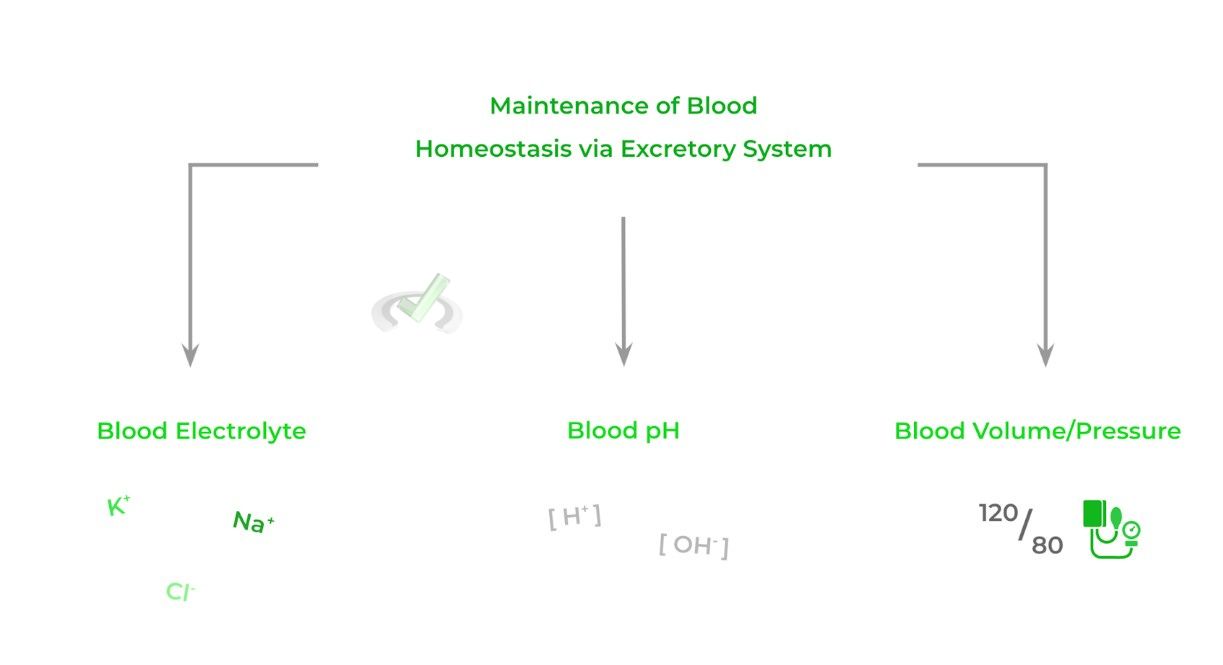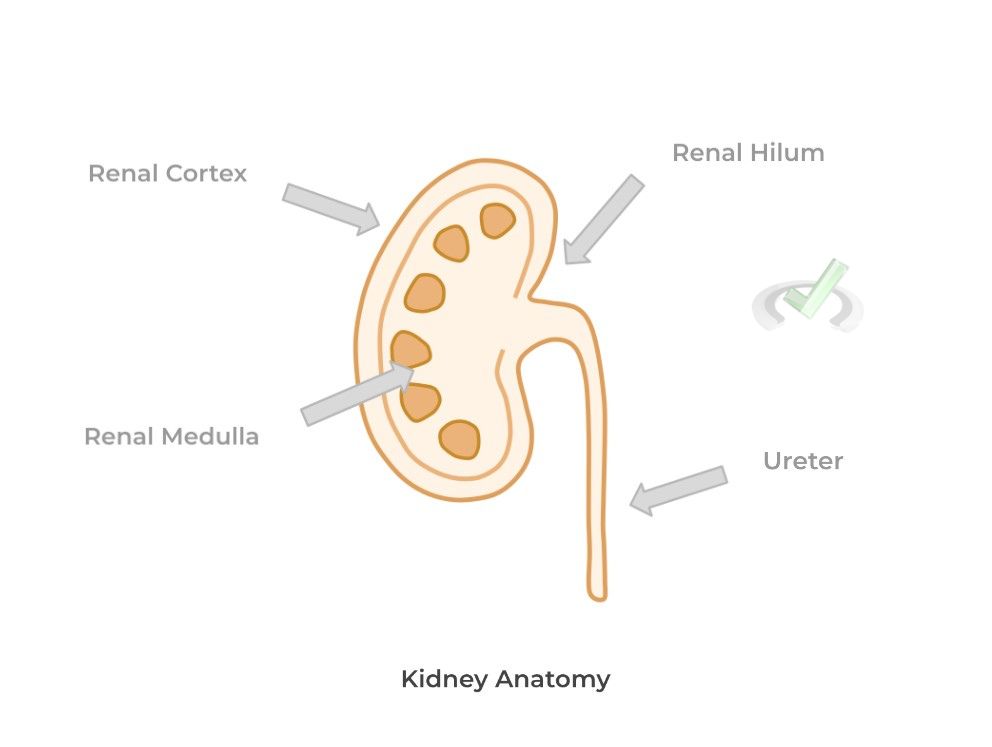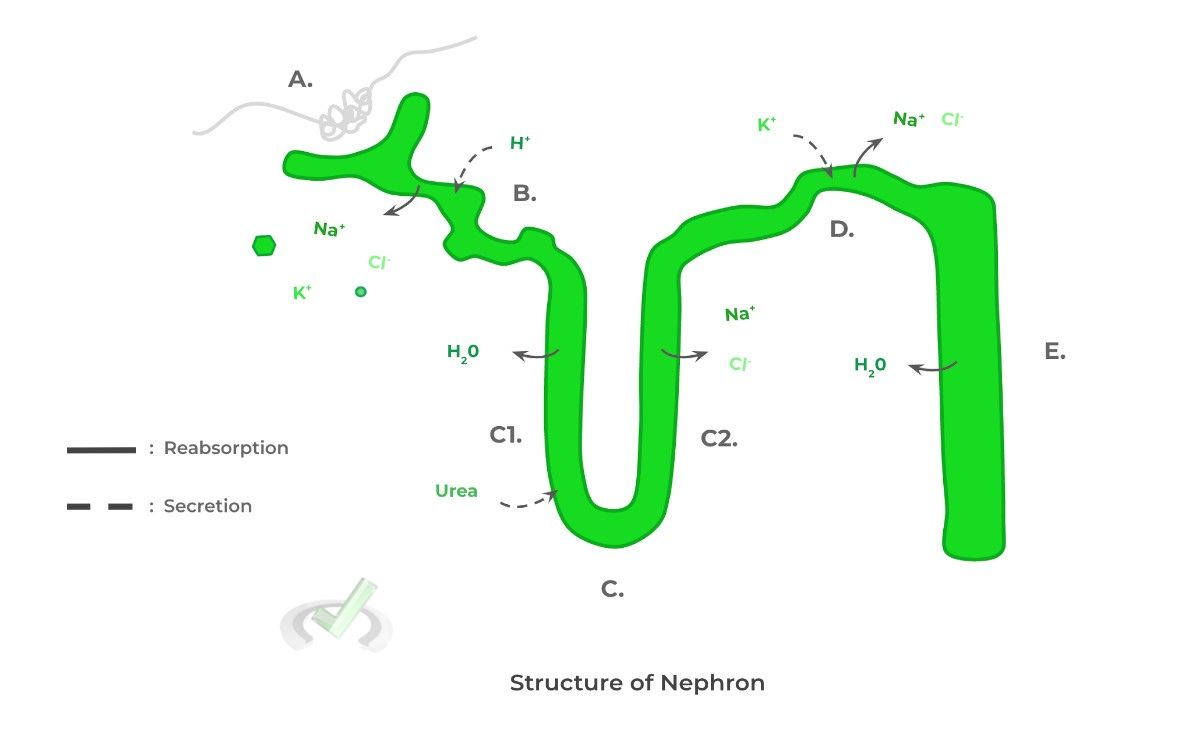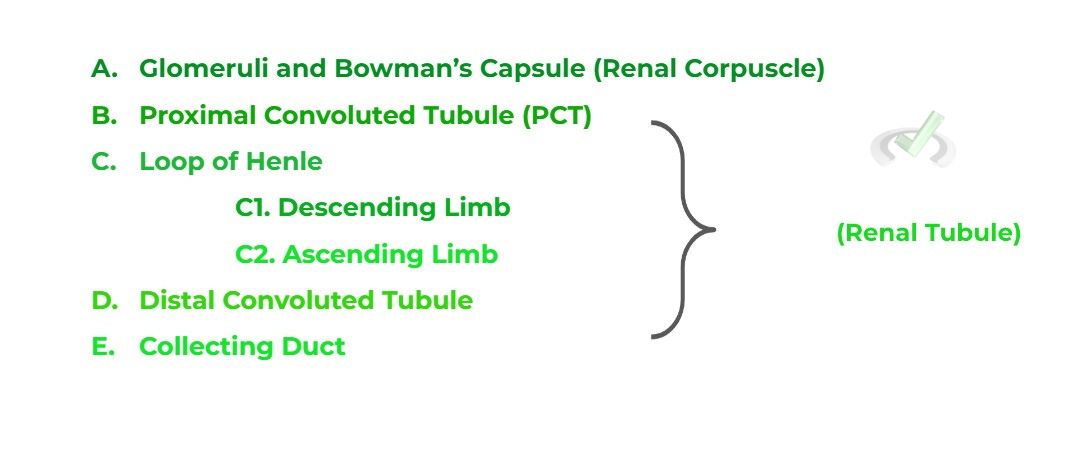The excretory system is kinda like one of those things you don’t appreciate until there’s a problem. Just like our indoor plumbing system, it’s only when there’s an issue that we start to understand the importance of maintaining it.
Though indeed fascinating, the excretory system sometimes gets a rep (rightfully so) of being a topic complex for most students, even those in medical school! However, it definitely helps to start out with a large scale view before digging in deeper to the minute details.
After reading this guide, hopefully you’ll get a better understanding of the excretory system, its functions, and structure. Let’s get started!
Excretory System on the MCAT: What You Need to Know
Topics on the excretory system will be tested on the biology section of the MCAT and can appear both as passage based and fundamental discrete questions.
Though there are no guarantees to how many excretory system related questions will appear, an average (give or take) can be around 2-4 questions.
Introductory biology accounts for 65% of the content covered in the Biological and Biochemical Foundations of Living Systems section (Bio/Biochem), 5% of content tested in the Chemical and Physical Foundations of Biological Systems (Chem/Phys), and 5% of material on the Psychological, Social, and Biological Foundations of Behavior (Psych/Soc).
Important Sub-Topics: Excretory System
As stated before in the introduction, it’s best to start off with the basic, fundamental definitions so that when you go into the finer details you’ll have the background understanding of what’s occurring.
A great thing about the excretory system is that it can be divided into smaller components, which makes it helpful once they come together on a macroscale!
1. Functions of the Excretory System
The main role of the excretory system is to maintain the blood homeostasis via 3 main processes: filtration, reabsorption, and secretion of the appropriate molecules and ions when blood enters the kidneys. These processes will have better context and meaning later on in the article!
The excretory system aids in maintaining 3 aspects of blood homeostasis: pH balance, electrolyte balance, and blood volume/pressure. The latter 2 primarily contribute to osmoregulation, which is the regulation of osmotic pressure in the blood via the concentration of molecules and water movement.
From the filtration, secretion, and reabsorption done by the kidneys, urine is ultimately formed which serves as the medium for unwanted, toxic ions and molecules to be removed from the body’s system.
Among the primary waste products of the excretory system include urea, a byproduct of protein breakdown, and as well as other nitrogen based compounds. When these waste products build up, they can be toxic to the body!
(Coming Soon!) Full Study Notes : Functions of the Excretory System
For more in-depth content review on the major function of the excretory system, check out these detailed lesson notes created by top MCAT scorers.
2. Structure of Kidney and Nephron
Though the anatomy of the kidney as a whole organ probably won’t be tested on the MCAT, it’s best to at least know the renal cortex, medulla, hilum, and the ureter.
The renal cortex simply refers to the outer portion of the kidney, while the renal medulla indicates the deeper, inner section. The renal hilum is a slit on the medial side of the kidney which allows for the entrance and exit of vessels such as the ureter, renal artery, and renal vein.

The major landmarks of the kidney are a great point of reference when studying nephron structure and the process of urine formation!
Nephrons are the structural and functional units of the kidneys, kinda like the alveoli of the respiratory system! As blood enters the kidneys, it eventually spreads out to the over 1 million nephrons where the real work takes place!
The nephron can be divided into the renal corpuscle (glomeruli + Bowman’s Capsule), and the renal tubule (proximal & distal convoluted tubule, limbs of the loop of Henle, and the collecting duct).

We know there’s a lot to unpack so let’s take it one by one. The following below lists the components of the nephron and their functions!

The renal corpuscle is the main and only site of filtration in the nephron, where the blood first enters into the glomeruli, a jumbled collection of capillaries. The blood is then filtered via Bowman’s capsule and the resulting fluid, called the filtrate, passes into the renal tubule.
Though not shown in the diagram, there are actually another set of capillaries which follow the renal tubule, which is important for reabsorption and secretion.
Reabsorption occurs when molecules from the filtrate (fluid within the renal tubule) are uptaken back into the blood through the capillaries. Secretion is essentially the opposite, where molecules in the blood are transported to the filtrate to be excreted.
(Coming Soon!) Full Study Notes : Structure of Kidney and Nephron
For more in-depth content review on the kidney and nephron structures, check out these detailed lesson notes created by top MCAT scorers.
Important Definitions and Key Terms
Below are some high yield definitions and key terms to refer to when reviewing the excretory system!
Term | Definition |
|---|---|
Filtration | Formation of filtrate through the selective passing and blocking of ions and molecules from the blood at the renal corpuscle |
Reabsorption | Uptake of ions and molecules from the filtrate in the renal tubule back into the bloodstream |
Secretion | Transport of ions and molecules from the bloodstream to the filtrate in the renal tubule |
Nephron | Main structural and functional unit of the kidneys |
Renal Corpuscle | Composed of the glomeruli and Bowman’s capsule; only site of filtration in the nephron |
Renal Tubule |
Composed of the proximal and distal convoluted tubule, the loop of Henle (with ascending and descending limbs), and collecting duct; sites of reabsorption and secretion |
Additional FAQs - Excretory Systems on the MCAT
A. What Do I Need to Know About the Excretory System – MCAT?
In addition, it’s also beneficial to understand how other organ systems, especially the endocrine system, interact and cofunction with the excretory system!
B. How Do The Kidneys Work – MCAT?
The nephrons then allow for filtration, reabsorption, and secretion, which maintains blood homeostasis while also forming urine which is used as a medium to expel the unwanted, waste products of the body.
C. What are the 4 Main Parts of the Kidney?
D. What Happens in the Proximal Convoluted Tubule – MCAT?
In fact, nearly all the glucose and amino acids within the filtrate are reabsorbed from the PCT. The PCT is also a site of secretion, primarily secreting H+ ions and other toxic substances.
Additional Reading Links (Coming Soon!) – Excretory Systems on the MCAT
For more in-depth content review about excretory systems on the MCAT, check out these detailed lesson notes created by top MCAT scorers!
Additional Reading: MCAT Biology Topics:
- Cells on the MCAT
- Digestive Systems on the MCAT
- Embryogenesis and Development on the MCAT
- Endocrine Systems on the MCAT
- Cardiovascular Systems on the MCAT
- Genetics and Evolutions on the MCAT
- Immune Systems on the MCAT
- Nervous Systems on the MCAT
- Musculoskeletal Systems on the MCAT
- Reproduction on the MCAT
- Respiratory Systems on the MCAT


 To help you achieve your goal MCAT score, we take turns hosting these
To help you achieve your goal MCAT score, we take turns hosting these